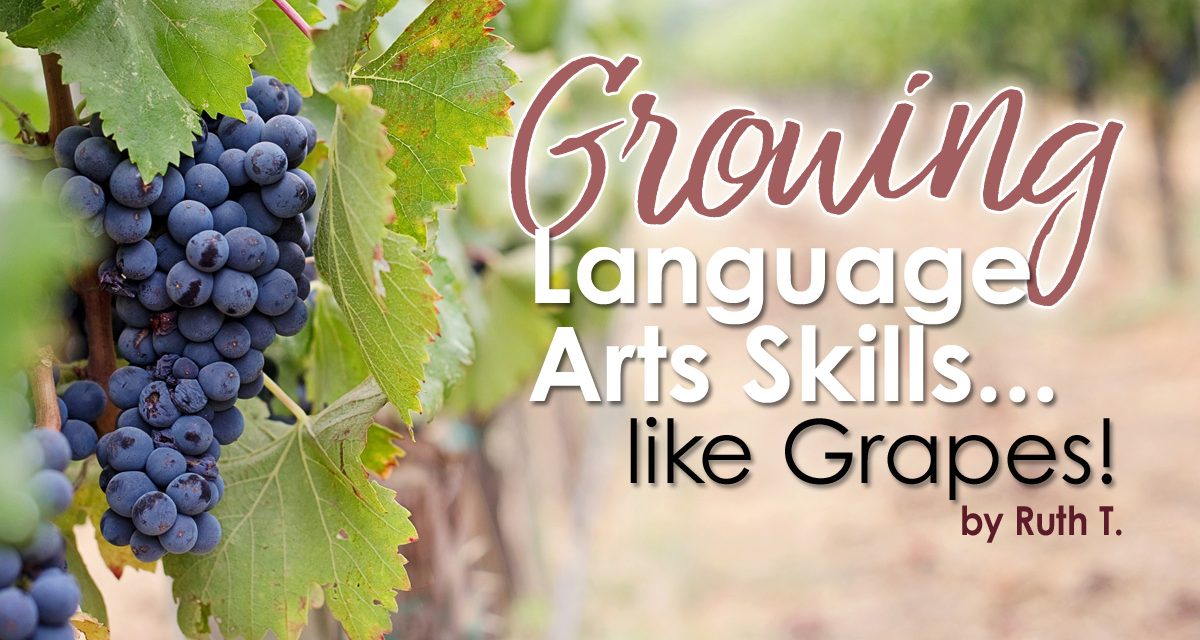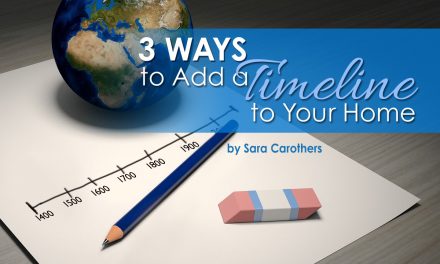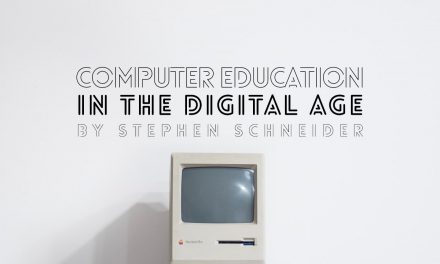Will you go with me to a vineyard and pick grapes? We’ll pick some fruit and maybe even make some treats to share with others. These grapes we enjoy now are the result from years of nutrients, development, labor, pruning, and training.
A child’s development in Language Arts skills mirrors this long, laborious process of growing fruit. It takes years to produce and achieve the necessary, desired outcomes and goals.
We use Language Arts skills to send and receive messages, and we use written and oral communication as the tools. To send messages, we use speaking and writing. To receive messages, we use listening or reading. So, the 4 main categories of English Language Arts (ELA) skills are reading, writing, speaking, and listening—but each is grafted from a multitude of skills.
As parents, we proficiently use English for a multitude of purposes, situations, and audiences. Our capabilities are now intuitive. We haven’t had to think much about the multitude of skills we are actually using. So, when it comes to teaching Language Arts, how do we help our students grow from the “young plants” they currently are to being productive in English? What are all the skills needed? How do all these skills fit together? How does our child practice and improve?
It’s challenging to keep track of and encourage consistent growth in the multiple skills involved in reading, writing, speaking, and listening. The steps to become accomplished communicators can be an organic, sometimes messy, and a necessarily cyclical process. Children may not develop these in a step-by-step manner or even at the same pace or in the same way as other children. In addition, children will work toward ELA fluency even into their adult lives.
Let’s look at 9 subcategories of Language Arts instruction. Some of these skills will be used in both sending and in receiving messages, but they manifest in different ways. For example, we need to comprehend vocabulary for successful reading. But when we listen, we must also understand the words used to fully grasp the message. And when we speak must use the correct vocabulary or our message won’t bear fruit.
Instruction may focus on each of these skills as separate topics.
The Basic 9:
- Phonics/Reading instruction—often the first step in teaching English: learning that letters represent sounds and words represent ideas. Some curricula will initially focus on this stage and then once reading skills are developed, will weave in the other ELA skills. Others will focus on all language arts skills simultaneously.
- Reading Comprehension—our ability to interpret text, understand the message, integrate it with what we know and add it to our knowledge base. Reading comprehension demonstrates that we are truly receiving the messages we are given. Skill development will encompass a wide range of skills, including finding the main idea, sequencing, summarizing, and more.
- Literary Analysis—analyzing a text, interpreting meaning, and analyzing the author’s skill and approach.
- Grammar, Usage, Mechanics (often called GUM)
- Grammar: the rules governing language.
- Usage: the standard way words and phrases are put together, the prevailing use.
- Mechanics: the components we add to messages that help arrange and help clarify the message (like punctuation, capitalization, etc.).
- Spelling—forming words from letters according to accepted usage.
- Vocabulary—varied words to describe ideas and things succinctly. May include phonics, sight words, or Greek/Latin roots.
- Handwriting/Penmanship—writing words by hand, using manuscript or cursive—or both.
- Composition (often called writing)—combining handwriting, spelling, vocabulary, and GUM to convey a message to an audience. This will use different formats and methods based on the purpose and the audience.
- Speech—comprised of two main skills: listening and speaking. Listening skills parallel reading skills. Good listening skills include using phonics, vocabulary, grammar/usage, and comprehension. We demonstrate fluency in our ability to hear and understand different kinds of messages. Speaking skills (from daily communication to formal presentations) will replicate writing/composition skills: pronunciation, grammar, usage, and composing your message are needed in conversation, speech, and presentation skills.
In the homeschool ELA world, few curricula are “complete,” one-stop-shops that teach all components at a grade level. If you think you’ve found a full language arts program, make sure it contains all the components you desire using the approach you desire. Most courses will combine a few of the ELA skills. Even “complete” programs might omit handwriting and spelling since skill level can vary greatly from one child to the next. Others may focus just on specific skills such as handwriting or vocabulary, promoting the concept of teaching a specific skill well.
To select curriculum, check out Rainbow Resource’s FAMILY Factors handout. Then, consider how the 4 main components are handled and how each skill is fostered (including methodologies), how tasks are assigned, and the end goals.
For any student, being productive in using the English language, fluency is the goal. Fluency involves variety, speed, accuracy, and proper expression, becoming competent in communicating and understanding messages. As a student’s abilities mature, the 9 skills will blend and work in conjunction with each other to develop an effective communicator.
Check out our Cultivating Language Arts diagram, vocabulary, and curriculum chart handout for helpful information. Or if you want to talk more about Language Arts, speak with our consultants at Rainbow Resource Center via phone or online chat, M-F, 8:30 – 5 CT. We’re here to help you! ~
Ruth





